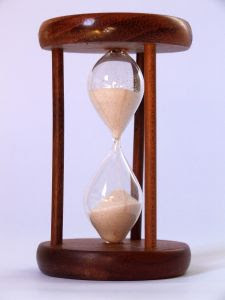How Does Radiometric Dating Yield the Age of the Earth?
Although not a secret, it is not popularly known that the age of the Earth was derived from meteorites. (Calculate the age of the Earth based on something from outer space. Makes perfect sense.) Scientists have reasons for this. And they have assumptions. Lots of them. All based on ancient planet presuppositions, of course.
They also have good reasons for discarding data that do not comport with their presuppositions. I guess. An overview of radiometric dating follows, as well as a discussion of assumptions made and data rejected.
 |
| Credit: Freeimages / Pedro Simao |
Before 1955, ages for the Earth based on uranium/thorium/lead ratios were generally about a billion years younger than the currently popular 4.5 billion years. The radiometric evidence for a 4.5 b.y. old Earth is reviewed and deficiencies of the uranium/lead method are discussed. The basic theory of radiometric dating is briefly reviewed. Since 1955 the estimate for the age of the Earth has been based on the assumption that certain meteorite lead isotope ratios are equivalent to the primordial lead isotope ratios on Earth. In 1972 this assumption was shown to be highly questionable. Despite this, the momentum gained in the two decades prior to 1972 has made 4.5 b.y. a popularly accepted “universal constant” even though the foundations on which it was based have been virtually removed. Some evidence is also presented to show that radiometric results that are in agreement with the accepted geological time scale are selectively published in preference to those results that are not in agreement.You can take some time and read the rest of "Radiometric Dating and the Age of the Earth", here.